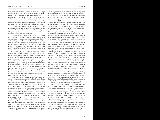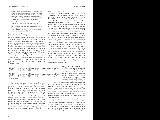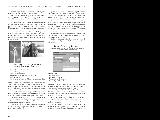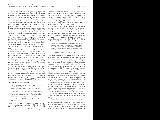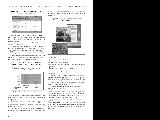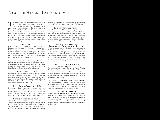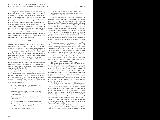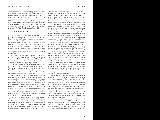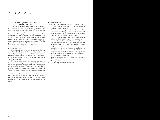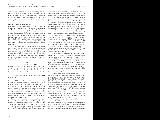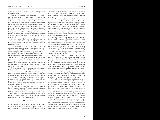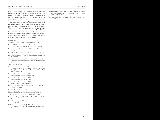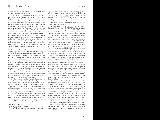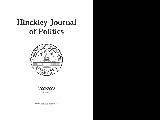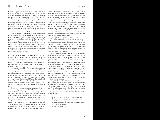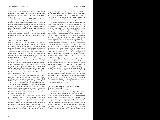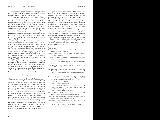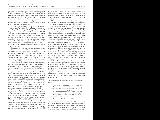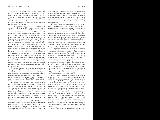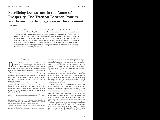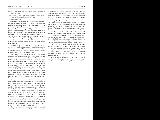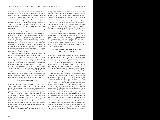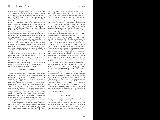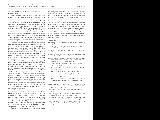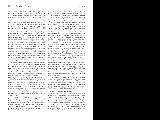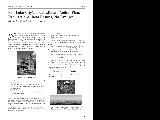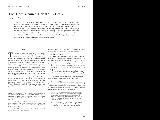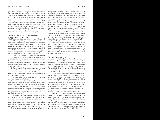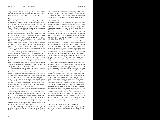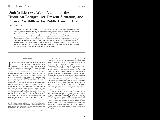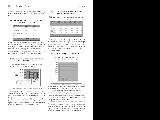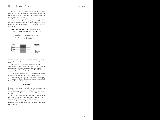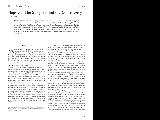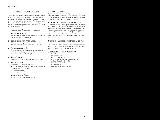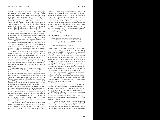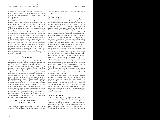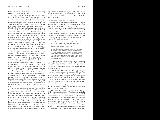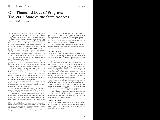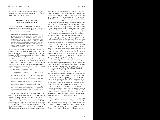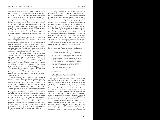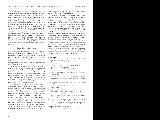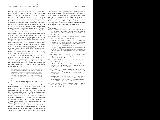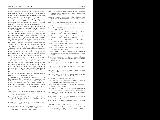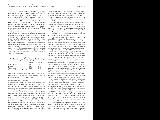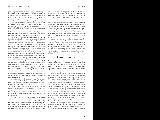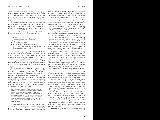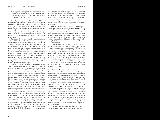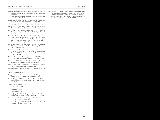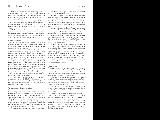| OCR Text |
Show UTAH WILDERNESS WARS: A LOOK AT THE HISTORICAL BACKGROUND, PRESENT SITUATION, AND FUTURE POSSIBILITIES FOR PUBLIC LAND IN UTAH Eric G. Goodrich WSA, and in the Grand Staircase-Escalante. SUWA and the Sierra Club immediately sued to stop the grading. The stakes in this case were high for the counties, the state of Utah, and environmental groups. In addition to recreational uses, rural Utahns claim they depend heavily on these roads to access lands for mining, grazing, and other uses they depend on for their livelihood (Hatch, 2000). Rural residents contend that the system of backcountry roads in the counties is comparable to the freeway and highway system connecting the Wasatch Front and is vital to economic stability and ultimately, survival. Alternatively, environmental groups looked for a favorable decision in this case to strengthen their arguments for a broader definition of wilderness. Previously the federal courts had ruled that the counties' maintenance and use of legitimate R.S. 2477 rights-of-way would not constitute trespass onto federal lands (SUWA vs ELM, 1998). The court stayed that case until the BLM could make an administrative determination as to the validity and scope of the claimed R.S. 2477 rights-of-way. Accordingly, the BLM began an informal administrative adjudication process with a public notification. The Bureau considered a number of forms of evidence, including information submitted by the parties, along with interviews, field inspections, and federal and local land records. Before a decision was reached, the BLM published notice of its draft determination and accepted public comment. The process did not include a hearing featuring testimony of cross-examination. On July 9, 1999 the BLM found that with one exception (the Skutumpah Road in Kane County) the rights-of-way claimed by the counties were not valid 2477 rights-of-way. After the BLM's decision, SUWA and the Sierra Club sought injunctive relief barring any further construction on the roads. Among the issues in the case of Southern Utah Wilderness Affiance and the Sierra Club vs Bureau of Land Management. San Juan County, Utah Ty Lewis San Juan County Commissioner: Kane County, Utah; Garfleld County, Utah were: 22 Did the counties have previously perfected rights-of-way for the roads, and thus were legally entitled to maintain the roads? 22 Did the BLM properly interpret the term "construction" in R.S. 2477 when it stated the term requires some form of "purposeful, physical building of improving" rather than the counties' contention that the term requires only "continued use" of a road? 22 Can "highways" be formed by "the passage of wagons, horses, or pedestrians" as the counties claimed, or should a highway right-of-way be defined as being "public in nature" and "connecting the public with identifiable destinations or places"? 22 Did the process followed by the BLM meet the requirements of administrative law? Specifically, did the lack of a hearing featuring testimony and cross- examination deny the citizens of Garfield, Kane and San Juan Counties "due process of law"? District Court Judge Tena Campbell found that the plain meaning of the term "construction" as used in Webster's dictionary, or in legal dictionaries, favored the BLM definition. As to the term "highway," the court found the BLM did not err in that definition either. Addressing the issue of whether the BLM had followed proper administrative procedure, Judge Campbell applied the two tests most commonly used: that the BLM's actions not be "arbitrary and capricious," and that their decisions must be supported by facts found in the administrative record as a whole. She ruled that the BLM's process did meet these tests, and that the Administrative Procedures Act did not require a hearing featuring testimony. While environmental groups prevailed in the first of the legal battles, the decision further alienated southern Utahns. San Juan County Commissioner Bill Redd called the decision "a (bump) in the road," and promised an immediate appeal, even if he had to bring the appeal himself (Spangler, 2001). The county governments have defied attempts by the BLM to close roads, and have continued grading many of their roads, prompting lawsuits against the counties by the BLM. The counties, in turn, have also sued the BLM for illegal road closure (Hatch, 2000) Michael Leavitt, Governor of Utah, announced in 2000 that the state would join a lawsuit against the BLM that was initiated by the counties. The Utah State Legislature also passed bills giving the state equal jurisdiction with counties over roads, and creating a $2 million fund to sue the federal government over land management issues. Although predicted to be a long, arduous court fight of ten years or more, Interior Secretary Bruce Babbitt agreed that the suit would bring resolution to the dispute (Hatch, 2000). The state has notified the federal government of its plan to sue over R.S. 2477 rights-of-way, but as of July 2002 the suit has not been filed and is still in the works. However, Mark Walsh of the Utah Association of Counties has said that research and preparation is ongoing and that the counties, along with the state, have every intention of filing the lawsuit (Walsh, 2002). Because estimates place the number of R.S. 2477 road claims in Utah at between 5,000 and 10,000, this lawsuit will be critical in resolving the wilderness debate (Hatch, 2000). As I have previously stated, formal wilderness by law must be roadless. If the counties win the road battle in court, there will be a smaller amount of wilderness eligible for formal designation, thus, giving legitimacy to the smaller amounts of wilderness that have already been proposed by the Utah delegation. Many of the roads that dissect federal land are well-documented prior to 1976 and Utah counties have been working to document these roads through photos, and written and oral history. State and local officials say that they will fare well in the court battle. However, it is difficult to predict the outcome because the courts have increasingly sided with 38 |

